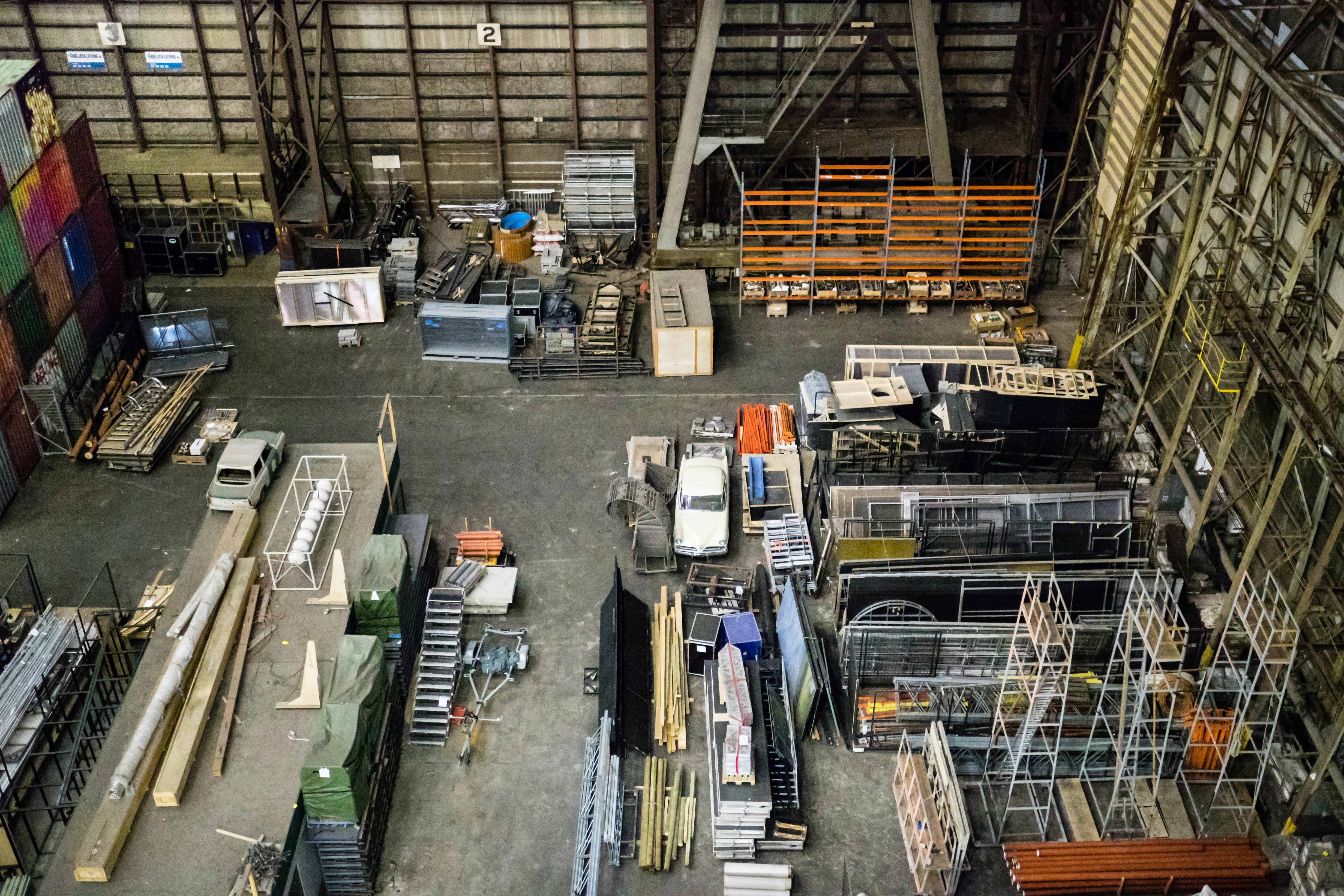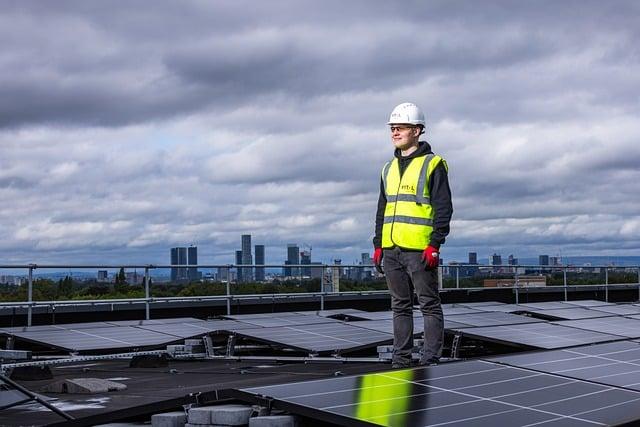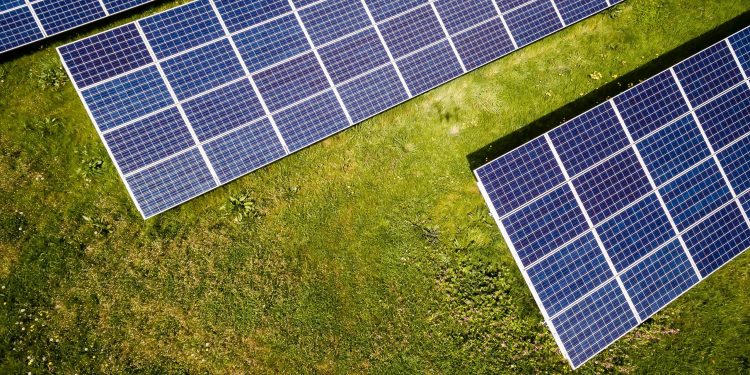In a world increasingly driven by the pursuit of sustainable energy, the sun’s generous rays have illuminated a path towards a cleaner future. Solar energy, with its promise of limitless power, stands at the forefront of this green revolution. However, as solar panels begin to dot landscapes across the globe, a compelling question arises: should the manufacturing of these solar technologies be confined to specific regions? This query, at the intersection of environmental ethics, economic strategy, and geopolitical considerations, invites a nuanced exploration. Delving into the heart of this debate, we unravel the implications of regional solar manufacturing—balancing the scales of innovation, local economies, and global sustainability. Join us as we journey through this intricate tapestry, seeking clarity in the shadows cast by the sun’s brilliant light.
Examining Regional Advantages in Solar Manufacturing
In the global push towards renewable energy, the geographical location of solar manufacturing facilities can significantly influence their success and sustainability. Certain regions boast distinct advantages that can enhance the efficiency and cost-effectiveness of solar panel production. Proximity to raw materials such as silicon, essential for photovoltaic cells, can drastically reduce transportation costs and logistical complexities. Furthermore, regions with existing robust infrastructure and skilled labor forces can expedite the manufacturing process, enabling quicker market entry and adaptation to technological advancements.
- Access to advanced technology can foster innovation and maintain competitive edge.
- Favorable government policies and incentives can provide financial benefits and stimulate growth.
- Availability of renewable energy sources for manufacturing processes ensures lower carbon footprints.
While these regional advantages can bolster solar manufacturing, it is crucial to balance them with considerations of equitable global development. Limiting production to specific areas may lead to economic disparities, underscoring the importance of strategic planning in the renewable energy sector.
Balancing Global Supply Chains and Local Economies
- Global Integration vs. Local Resilience: As solar manufacturing seeks to harness the benefits of global supply chains, it faces the delicate challenge of ensuring that these operations do not undermine local economies. Global integration offers access to advanced technology, diverse resources, and competitive pricing, yet it can lead to dependency on a limited number of regions. This dependency may risk local economic stability, particularly if geopolitical tensions or logistical disruptions occur.
- Localized Opportunities: On the flip side, promoting regional manufacturing hubs could stimulate local job creation, foster technological innovation, and reduce transportation emissions. It encourages a more decentralized approach where each region can adapt its production to meet local energy demands and sustainability goals. However, balancing this with the need for scale and efficiency that global supply chains offer remains a nuanced challenge.

Environmental Impacts of Regional Manufacturing Choices
When considering the localization of solar manufacturing, the environmental implications of regional decisions play a pivotal role. Manufacturing in areas with strict environmental regulations can result in lower emissions and a reduced carbon footprint due to cleaner energy sources and efficient processes. Conversely, regions with lax environmental policies may contribute to higher pollution levels, potentially negating the environmental benefits of solar technology itself. It’s crucial to evaluate:
- Energy Sources: Are the manufacturing plants powered by renewable energy or fossil fuels?
- Waste Management: How effectively are waste products, including toxic materials, managed and recycled?
- Water Usage: What measures are in place to minimize water consumption and prevent contamination?
Balancing these factors can guide decisions that align with both economic goals and sustainability commitments. Thus, regional choices should not only focus on economic incentives but also consider the broader ecological impact, ensuring that the green intentions behind solar technology are preserved across its entire lifecycle.

Policy Recommendations for Equitable Solar Industry Growth
To ensure the solar industry grows in an equitable manner, a balanced approach to policy formulation is crucial. Policymakers should consider implementing strategies that both encourage regional specialization and promote broader geographic diversity in solar manufacturing. This dual approach can help avoid the pitfalls of over-concentration, which may lead to economic vulnerabilities and hinder widespread job creation. Key considerations include:
- Incentivizing Innovation: Regions with strong research and development capabilities should be supported to drive technological advancements in solar technologies.
- Promoting Workforce Development: Invest in training programs across various regions to build a skilled workforce that can support the industry’s growth, irrespective of geographic location.
- Enhancing Infrastructure: Improve infrastructure in underdeveloped areas to make them viable contenders for solar manufacturing facilities.
- Encouraging Collaborative Networks: Foster partnerships between established solar hubs and emerging regions to share knowledge and resources effectively.
By adopting these recommendations, the solar industry can grow sustainably while offering opportunities for diverse communities, ensuring that no region is left behind in the transition to renewable energy.
Final Thoughts
As the sun dips below the horizon, casting its final golden glow, we are reminded of the boundless potential that solar energy holds for our future. The question of whether solar manufacturing should be confined to certain regions is not just a matter of geography, but a reflection of our collective aspirations for sustainability, economic equity, and technological advancement. While the debate continues to unfold, it is clear that the path forward will require careful consideration of both local capabilities and global needs. In this dance of light and shadow, may we find a balance that illuminates a brighter, more sustainable world for generations to come. As the dialogue progresses, let us remain open to innovation, grounded in responsibility, and inspired by the endless possibilities that lie ahead.

































